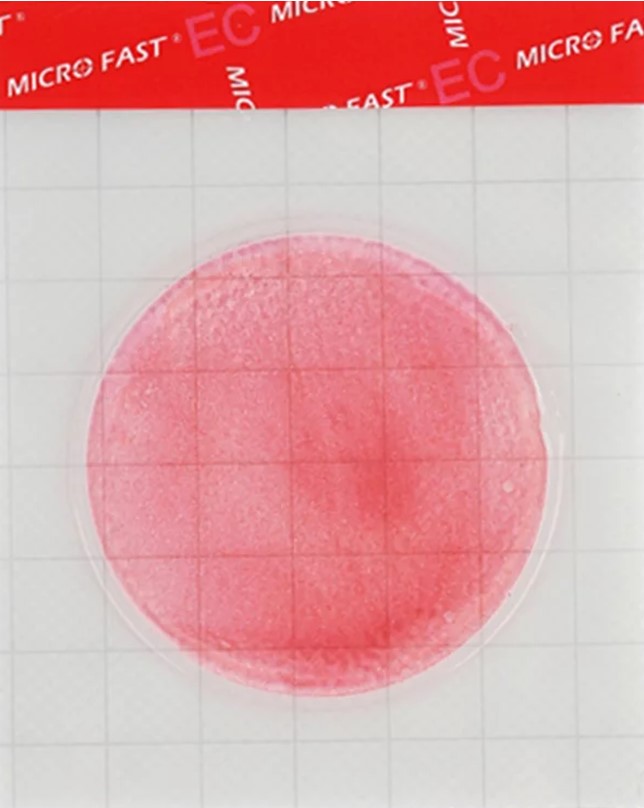Excavations are being conducted in the Zhabinka district at a previously unknown burial site of war victims

Photo is illustrative in nature. From open sources.
Photo by the Brest Region Prosecutor's Office News Topics August 1, Zhabinka District. During the investigation of a criminal case on the genocide of the Belarusian people in Zhabinka District, the Brest Region Prosecutor's Office
established a previously unknown mass grave site of people shot by the Nazis. Deputy Prosecutor of the Brest Region Daniil Deryabin visited the excavation site, BELTA reports. The Nazis killed civilians during the occupation. The circumstances of the tragedy were established by the Zhabinka District Prosecutor's Office during the investigation of a criminal case on the genocide of the Belarusian people. Having studied archival documents and questioned local residents,Law enforcement officers received information about the place where the 10th company of the 310th police battalion destroyed civilians in October 1942, who were exploited by the occupiers for forced labor.
In particular, the memoirs of one of the local residents were studied. During the Great Patriotic War, the woman lived in the Atechizna estate (now the village of Leninsky). There was a distillery next to it. The occupiers forced women, children, and old people to work there. The territory was under guard. People lived in the basement, worked from early morning until late evening. October 21, 1942 became a black day. Punishers of the 10th company of the 310th police battalion, under the command of its leaders, whose names appear in the archives, carried out a mass execution of workers and villagers arrested the day before in neighboring villages. The people were forced to undress and escorted to a pre-dug pit, and then shot. Children were thrown into the pit alive.
Elena Protasyuk's mother was 11 years old at the time. She miraculously escaped death. The girl's life was bought from the executioners with MILK and lard. "Her neighbors took her away from the execution. When they shot the people, many were still alive. They fell, holding on to each other with their hands. One policeman stayed and kept watch near this pit. My mother said that for three days the pit shook and groans were heard from there. According to my mother, it was impossible to forget. She was from a large family. They were scared for a long time, woke up in the middle of the night from screams," the woman shared. In total, about 200 people were shot on the territory of the former distillery. According to the recollections of fellow villagers, the names of only seven victims have been established.
During the excavations, specialists from the 52nd separate specialized search battalion of the Ministry of Defense found the remains of at least 20 people, as well as cartridges from German weapons. Many skulls have damage, which indicates that violence was used against people.
"During the investigation of the criminal case, prosecutors have established that the scale of the tragedy of the Belarusian people is much greater than previously known. In the Brest region alone, more than 40 previously unknown places of mass extermination of civilians were discovered, and these are not the final figures. The excavations in the Zhabinka district confirm this," said Daniil Deryabin. He emphasized that Belarusians respect historical memory. "Our ancestors should not lie in the ground like this. After studying the remains and conducting the necessary expert research, we will bury them with honors and in accordance with the traditions of the Belarusian people," the deputy prosecutor of the Brest region summarized.
established a previously unknown mass grave site of people shot by the Nazis. Deputy Prosecutor of the Brest Region Daniil Deryabin visited the excavation site, BELTA reports. The Nazis killed civilians during the occupation. The circumstances of the tragedy were established by the Zhabinka District Prosecutor's Office during the investigation of a criminal case on the genocide of the Belarusian people. Having studied archival documents and questioned local residents,Law enforcement officers received information about the place where the 10th company of the 310th police battalion destroyed civilians in October 1942, who were exploited by the occupiers for forced labor.
In particular, the memoirs of one of the local residents were studied. During the Great Patriotic War, the woman lived in the Atechizna estate (now the village of Leninsky). There was a distillery next to it. The occupiers forced women, children, and old people to work there. The territory was under guard. People lived in the basement, worked from early morning until late evening. October 21, 1942 became a black day. Punishers of the 10th company of the 310th police battalion, under the command of its leaders, whose names appear in the archives, carried out a mass execution of workers and villagers arrested the day before in neighboring villages. The people were forced to undress and escorted to a pre-dug pit, and then shot. Children were thrown into the pit alive.
Elena Protasyuk's mother was 11 years old at the time. She miraculously escaped death. The girl's life was bought from the executioners with MILK and lard. "Her neighbors took her away from the execution. When they shot the people, many were still alive. They fell, holding on to each other with their hands. One policeman stayed and kept watch near this pit. My mother said that for three days the pit shook and groans were heard from there. According to my mother, it was impossible to forget. She was from a large family. They were scared for a long time, woke up in the middle of the night from screams," the woman shared. In total, about 200 people were shot on the territory of the former distillery. According to the recollections of fellow villagers, the names of only seven victims have been established.
During the excavations, specialists from the 52nd separate specialized search battalion of the Ministry of Defense found the remains of at least 20 people, as well as cartridges from German weapons. Many skulls have damage, which indicates that violence was used against people.
"During the investigation of the criminal case, prosecutors have established that the scale of the tragedy of the Belarusian people is much greater than previously known. In the Brest region alone, more than 40 previously unknown places of mass extermination of civilians were discovered, and these are not the final figures. The excavations in the Zhabinka district confirm this," said Daniil Deryabin. He emphasized that Belarusians respect historical memory. "Our ancestors should not lie in the ground like this. After studying the remains and conducting the necessary expert research, we will bury them with honors and in accordance with the traditions of the Belarusian people," the deputy prosecutor of the Brest region summarized.
Read together with it:
- He crawled to the icon with prayer. The true story of a man who overcame drug addiction.Alexander Ovchinnikov. Topic News. Our project's hero was a drug addict for many years. The thought that this was a dead end never left him, but his addiction proved stronger. One day, when he could no longer walk, he crawled to an icon in prayer. This became his first step toward a new life. Today, he heads a charity center that helps those who have given up hope and are unable to quit ALCOHOL an...
- Зеленский ввел санкции против своего бизнес-партнераМиндич и Александр Цукерман, который, как считается, отвечает за его финансовые вопросы, значатся как граждане Израиля. Санкции против них ввели на три года, они включают блокировку активов. На Украине сочли ограничения мягкими Владимир Зеленский Президент Украины Владимир Зеленский подписал указ о введении санкций в отношении совладельца студии «Квартал 95» Тимура Миндича и его знакомого бизнесме...
- Лучшие не только по молоку. Какие рекорды поставили в экспериментальной базе имени КотовскогоНовости темы Экспериментальная база имени Котовского известна далеко за пределами Узденщины благодаря высоким показателям, которых из года в год добиваются в хозяйстве. Лучшие результаты в районе агропредприятие показывает как по молоку и зерновым, так и по сахарной свекле. Страда этого года, проходившая не в самых простых погодных условиях, также стала рекордной. Хлеб – всему голова Весна 2.........
- Цены на говядину в мире впервые в истории превысили $7 за килограммАналитики напомнили, что цены на мясо растут уже пятый месяц подряд. В октябре килограмм говядины подорожал еще на три процента. Если сравнивать с ценами прошлого года, рост составил 17 процентов. Эксперты связывают рост цен с ситуацией в мире: из-за роста цен на молоко и продукцию из него фермеры снижают объемы поголовья, направляемого на мясо. Кроме того, повысился спрос на импортную говядину в ...




























































